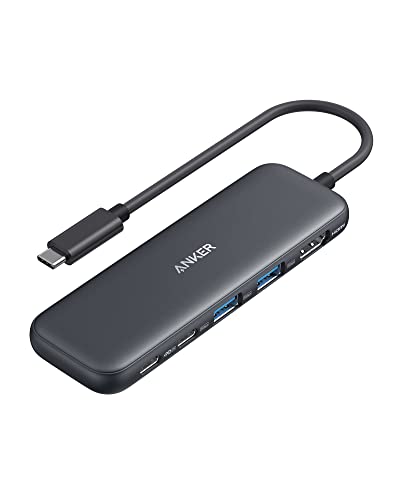It was taken by Rabea Rogge, one of the four crew members of the private mission “Fram2”. Lilienthal is the epitome of pioneering spirit, said Rogge a week before the start in a video on Instagram. And it is also pioneering work what she wants to do with her colleagues up to 450 kilometers. For the first time, a manned spaceship is to fly over both polar regions. In addition, there is another novelty: With Rabea Rogge, a German astronaut is flying into space for the first time. So far, the European Space Organization ESA has so far only sent male astronauts into space, according to the German Aerospace Center (DLR) so far. Nine years ago, a private initiative called “Die Astronautin” was founded to collect in space for the first flight of a German woman – without success. Rogge, however, found in a different, more unusual way on board a spaceship: a few years ago, the electrical engineer met the Maltese cryptomillionaire Chun Wang at a Skiex pedition in Spitzbergen. Half a year later he came back to her when he searched for his private flight into space for crew members. Like other private individuals before, Chun Wang Musks also commissioned companies with his space mission. In the best case, the spaceship capsule flies fully automated, as Rogge previously explained. “We are the first crew without a person with a pilot license,” she told the German Press Agency (dpa). In an emergency, however, they could still intervene at any time. Rogge is part of the pilot team, but as a scientist, her focus should be on the research work on board. On a joint mission: Rabea Rogge with the Australian Eric Philips (left), Norwegian Jannicke Mikkelsen and the Maltese Chun Wang (right). APTDIE BERLING ELECTION at ETH Zurich and specialized in the following Sea robotics in the Arctic. In addition, she worked on the concept of a nanosatellite centrifuge in low earth orbit, took part in ship expeditions off the West African coast and directed satellite missions. She now interrupts her doctoral work at the university in Trondheim in Norwegian for space mission. As part of the “Fram2” mission “, she wants to devote herself to two questions about how she told the” Inforadio “shortly before departure: How does the human body adapt to extreme situations? And: How can the space become more inclusive? To change this, she wants to take part in an experiment with the female hormone balance in space during the mission. Other projects are intended to research the sleeping conditions in space or sustainable nutritional systems for long -term missions. The four -person crew is planning more than 20 experiments on the fourth mission. Rogge, however, is important not to lose contact with the ground: With an amateur radio competition, students should be able to participate from the earth in one of the “Fram2” experiments. “My personal goal is to give science communication a lot of space in the mission,” said Rogge of the dpa. In the long term, she wants to work for more people to travel to space, without special training or years of training. In preparation for the mission took around eight months. The four crew members have been training together since August of last year, among other things, undertook a Seekajak tour in Alaska. “To defy the wilderness for seven days in wet clothes, has already brought us together,” said Rogge. The technical challenges were the easiest in preparation because she recognized many systems from her time as an engineer in satellite projects. Rogge shared insights into the final preparations on Instagram a day before the start. The test runs went “super smooth”, she wrote underneath. According to Rogge, the Lilienthal medal also stands for its wish to take the visions of earlier pioneers into a “new era of space research”-one that may also become more feminine. The last photo in the Instagram picture gallery shows her in a white space suit, the German flag on her left arm, including in black Versalia: “R. Rogge”.
Credit-Read More
Read More full article












